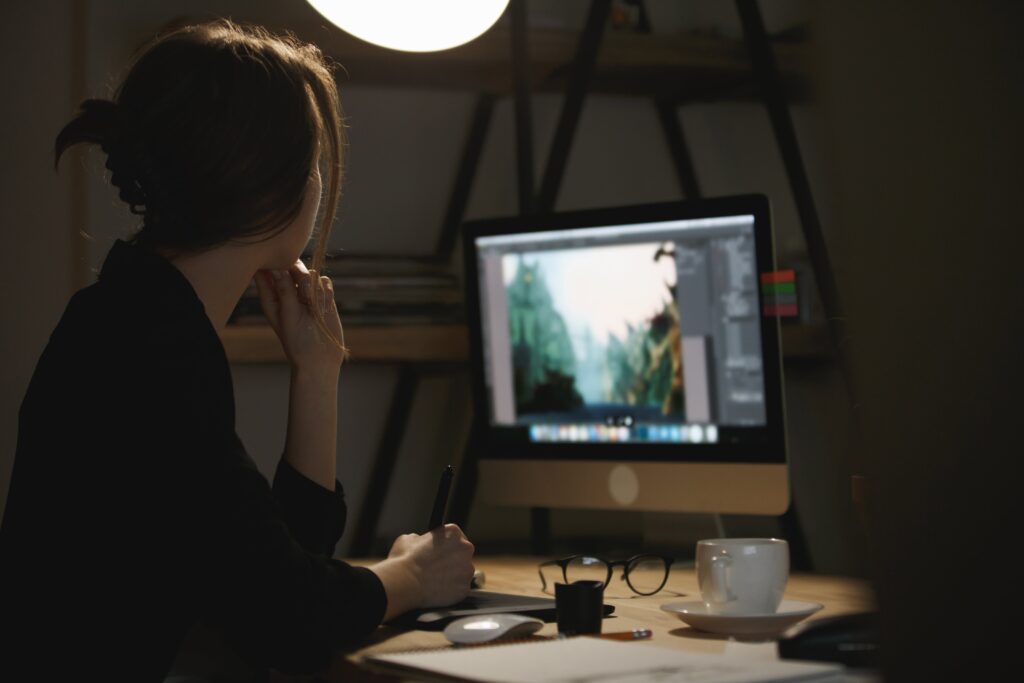Are you passionate about bringing captivating worlds to life through animation? If so, you’ll know that environment design plays a crucial role in creating immersive and engaging animated films, TV shows, and video games.
Whether you’re just starting your journey in the animation industry or looking to enhance your skills, understanding the fundamentals of environment design for animation is essential.
Understanding Environment Design for Animation
Environment design in animation involves creating the settings, backgrounds, and overall visual atmosphere in which characters and stories come to life. It is a multidisciplinary field that combines elements of art, design, storytelling, and technology to build compelling and believable worlds.
In animation, the environment is more than just a backdrop—it is a character in itself, influencing the mood, tone, and narrative of the story. From lush forests to futuristic cities, each environment is carefully crafted to evoke specific emotions and enhance the storytelling experience.
Key Principles of Environment Design
Designing compelling environments involves a blend of creativity and technical skill. To craft immersive and believable settings, it’s crucial to grasp several key principles:
- Research and Reference: Before diving into the design process, it’s essential to conduct thorough research and gather reference materials. Whether you’re creating a realistic urban landscape or a fantastical alien planet, studying real-world locations and artistic inspirations can help bring authenticity and creativity to your designs.
- Composition and Layout: The composition of an environment plays a significant role in guiding the viewer’s eye and conveying the intended narrative. Understanding principles of composition, such as rule of thirds, leading lines, and focal points, can help you create visually striking and balanced environments.
- Color Theory: Color plays a crucial role in setting the mood and atmosphere of an environment. By leveraging color theory principles, such as color harmony, contrast, and temperature, you can create vibrant and cohesive designs that resonate with the audience.
- Scale and Perspective: Properly depicting scale and perspective is essential for creating believable and immersive environments. Whether you’re working in 2D or 3D, mastering perspective drawing techniques and understanding how objects interact within a space can elevate the realism of your designs.
- Detail and Texture: Adding intricate details and textures to your environments can enhance their depth and richness. From subtle weathering on buildings to intricate foliage patterns, paying attention to small details can make your environment feel more alive and dynamic.
Career Opportunities in Environment Design
Embarking on a career in environment design opens up a range of exciting roles, each vital to creating immersive and visually stunning settings:
- Background Artist: As a background artist, you’ll be responsible for creating the detailed environments that serve as the backdrop for animated scenes. This role requires a strong understanding of composition, color theory, and perspective to bring settings to life.
- Environment Designer: Environment designers focus on conceptualizing and developing the overall look and feel of animated environments. They collaborate closely with art directors and production teams to ensure that the environments align with the project’s visual style and narrative.
- Visual Development Artist: Visual development artists specialize in creating concept art and designs that establish the visual direction of a project. They work closely with directors and production teams to develop the aesthetic vision for environments, characters, and props.
- Storyboard Artist: Storyboard artists play a crucial role in visualizing the story and pacing of animated projects. They sketch out key scenes and sequences, including environments, to help directors and animators understand the flow of the narrative.
- Matte Painter: Matte painters use digital painting techniques to create photorealistic backgrounds and environments for animated films and visual effects projects. This role requires a strong foundation in painting, composition, and digital tools like Photoshop.
Conclusion
Learning environment design is vital for anyone passionate about creating captivating animated worlds. By integrating research, composition, colour theory, scale, and detail, designers can craft settings that not only support but enhance the narrative and emotional impact of a story.
Embrace the creativity and technical skill required to bring your imaginative environments to life and make your mark in the vibrant world of animation.
Key Takeaways:
- Environment design is a vital aspect of animation, shaping the visual world in which characters and stories unfold.
- Understanding key principles such as research, composition, color theory, scale, perspective, and detail is essential for creating immersive environments.
- Career opportunities in environment design include roles like background artist, environment designer, visual development artist, storyboard artist, and matte painter.
- Mastering environment design can lead to exciting opportunities in the animation industry, from blockbuster films to indie games.
Enhance your skills and dive deeper into the world of animation by considering the NYU Animation Industry Essentials online course and certificate program offered by Yellowbrick.
This comprehensive program can provide you with the knowledge and tools needed to succeed in the dynamic field of animation environment design.






